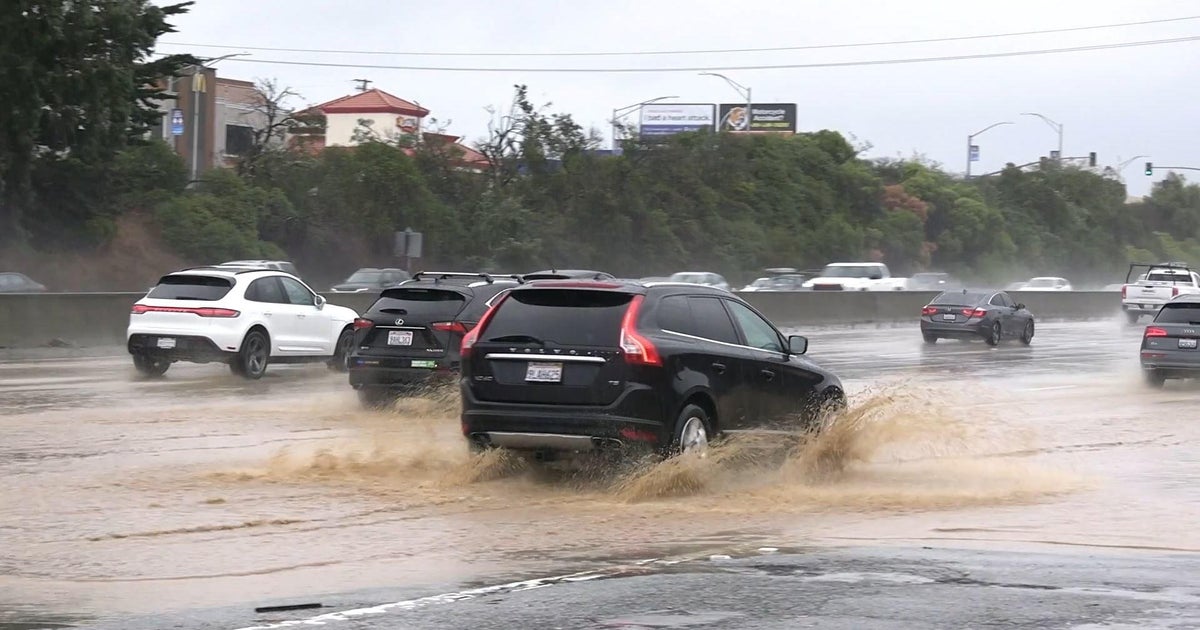Yosemite Plan Would Ease Traffic, Shut Ice Rink
YOSEMITE NATIONAL PARK (CBS / AP) -- Visitors might miss the 1920s-era ice skating rink in the winter or the summer bike and raft rentals, but they'll likely be glad to hear that a plan released Tuesday to protect the river that runs through Yosemite National Park won't reduce the number of daily visitors.
For years, the possibility has existed that access to the third-most visited national park would be decreased under the court-ordered effort to protect the Merced River, which received congressional "wild and scenic" designation in 1987.
But park officials tried to balance the needs of visitors against the activities and development in Yosemite Valley that have contributed to degradation of riverbanks and water quality.
The long-awaited final draft plan by the National Park Service Planning Department calls for keeping the number of valley visitors at its current 19,900 a day, while adding shuttle buses to reduce traffic and altering some roadways to reduce congestion that can be as bad in the summer as cities see during rush hour.
More than 4 million people visit each year, and most go to the 8-square-mile valley.
The proposed changes, which would cost $235 million, would reroute traffic to make it flow more smoothly and create a pedestrian underpass connecting Yosemite Lodge with the trail to Yosemite Falls, an area of heavy foot traffic that results in lengthy traffic jams.
Members of the public can comment on the plan for the next 90 days before the National Park Service considers giving it final approval. Park officials hope to have final approval by July and work completed over the next 15 years.
Under the plan, the park would increase the number of campsites in the valley by 37 percent -- from 466 to 640 -- by opening up new areas and rebuilding on higher ground some sites lost to flooding in 1997. The Sugar Pine Bridge, one of three historic stone bridges spanning the river, would be removed.
Park planners sought to eliminate non-essential activities such as ice skating, bike and raft rentals and the valleys' equestrian concession in an effort to add more parking and campsites in a place where lodging is at a premium.
"The challenge was to make sure the river resources remain protected, while still providing public access," said Kathleen Morse, chief of planning. "We took both and looked at how to design the future, so to speak."
Visitors would still be allowed to raft the river using their own equipment, but would be directed to specific access areas to keep steep banks from being trampled and eroded.
Over 15 years and with four park superintendents, officials have tried to come up with a viable strategy. The result posted on the park's website includes six alternatives that ranged from removing some lodging and limiting the number of daily visitors to 13,000 or so, to doing nothing.
Park officials say the preferred alternative strikes a balance.
The National Parks Conservation Association praised the draft plan for being comprehensive and balanced.
"Without knowing all of the details yet, we can still say they've done their due diligence," said Emily Schrepf, a regional representative for the group.
Others said the park plan should have done more to address overcrowding.
"Unfortunately, due to all the pressures on the park from political and commercial interests, the park is putting forward preferred alternatives that will likely result in undesirable crowding and congestion far into the future," said John Buckley, executive director of the Central Sierra Environmental Resource Center.
(Copyright 2013 by CBS San Francisco. All Rights Reserved. This material may not be published, broadcast, rewritten, or redistributed.)



